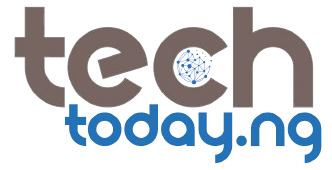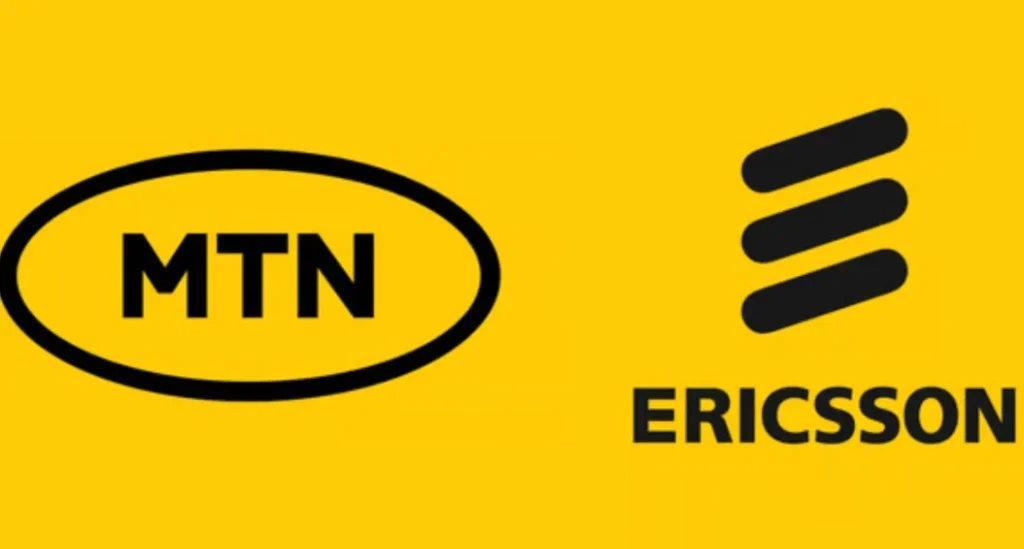Tinubu Tops Nigeria’s Cabinet in Social Media Followers, While Most Ministers Remain Digitally Invisible
A recent report by digital communications firm Column has revealed a striking imbalance in Nigeria’s Cabinet’s online presence. As of April 11, 2025, President Bola Tinubu commands the largest digital footprint with 4.5 million followers across Twitter (X), Facebook, Instagram, LinkedIn, and TikTok.
However, the report highlights that the majority of Nigeria’s 51 ministers either have no active presence or command very low engagement on these platforms, raising concerns about digital inclusivity and citizen engagement.
Key Findings: Nigeria’s Cabinet Social Media Footprint
- Total Combined Followers: Around 17 million across five platforms
- Tinubu’s Share: 4.5 million followers (26.6%) of the total cabinet footprint
- Top 5 Most Followed Cabinet Members:
- Bola Tinubu – 4.5 million
- Femi Gbajabiamila (Chief of Staff) – 1.6 million
- Muhammad Ali Pate (Health Minister) – 1.46 million
- Festus Keyamo (Aviation Minister) – 1.37 million
- Nyesom Wike (FCT Minister) – 1.33 million
Notably absent from the top ranks is Dr. Bosun Tijani, Minister of Communications, Innovation, and Digital Economy—a surprising omission given his portfolio.
The median social media audience per minister stands at just 64,000 followers, a modest figure in a country with over 236 million citizens and a youthful, digitally connected population.
Platform Breakdown: Twitter Leads, TikTok and LinkedIn Lag
- Twitter (X): 9.4 million combined followers
- Facebook: 4.8 million combined followers
- Instagram: 2.1 million combined followers
- TikTok: Only 7 ministers present
- LinkedIn: Only 17 ministers are active
The report identifies Hannatu Musawa, Minister of Arts, Culture, and Creative Economy, as the only minister active on all five platforms. In contrast, two ministers have zero followers, and others have accounts with fewer than 500 followers.
Why Ministerial Digital Presence Matters
The report notes that Nigeria’s Cabinet is over-reliant on a few digital-savvy individuals, with the majority of ministers either inactive or absent from platforms where Nigerian citizens engage daily.
“A truly connected cabinet should reflect broad, consistent engagement across ministries—not just a handful of online heavyweights,” the report stated.
In a country where the median age is just 18, digital engagement isn’t just a trend—it’s a necessity for governance, public trust, and policy communication. Ministries such as youth development, information, and education are expected to lead in online visibility but are notably lacking, according to the findings.
Challenges Identified
- Digital engagement is concentrated among a few figures rather than evenly distributed.
- Many ministers maintain inactive or poorly managed accounts.
- Ministries with public-facing mandates have limited online interaction with citizens.
Strategic Opportunity for the Nigerian Government
The report emphasises that addressing this imbalance presents a strategic opportunity for the Tinubu administration to strengthen its public relations and citizen engagement strategies through digital channels.
Ensuring all ministries establish and maintain active, consistent, and professional digital presences can help:
- Improve public trust and transparency
- Enhance two-way communication with citizens
- Humanise government operations and leadership
Conclusion
While President Bola Tinubu leads Nigeria’s Cabinet in social media influence with 4.5 million followers, the broader picture shows a significant digital gap within the government.
As Nigeria’s digital economy grows and its population becomes more online-focused, building a digitally connected cabinet is not just desirable—it’s essential for effective governance, policy communication, and public engagement.











